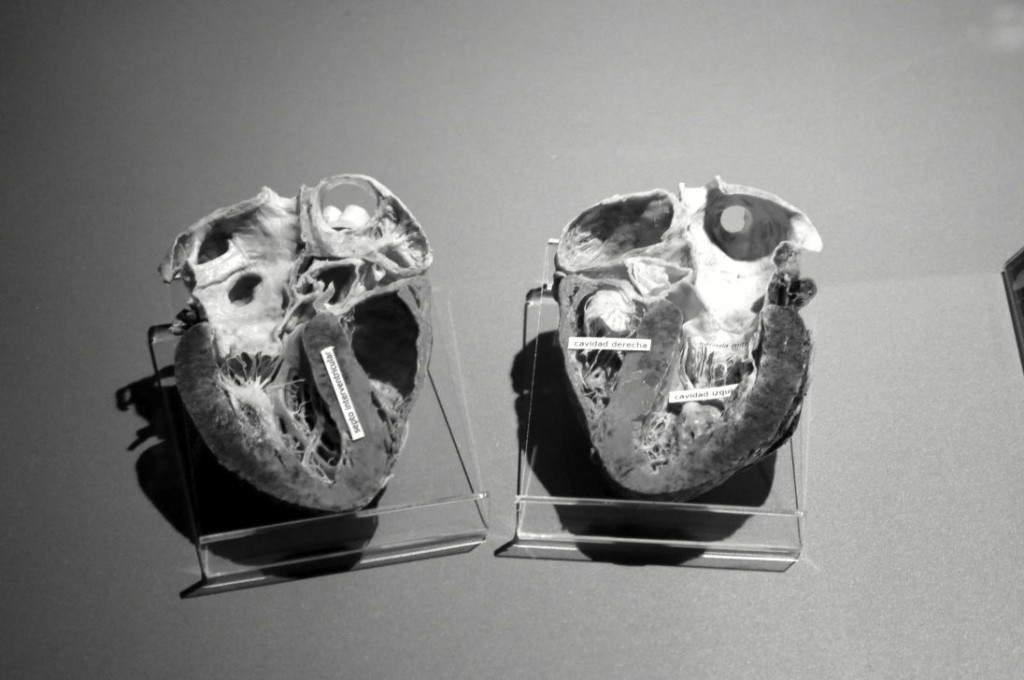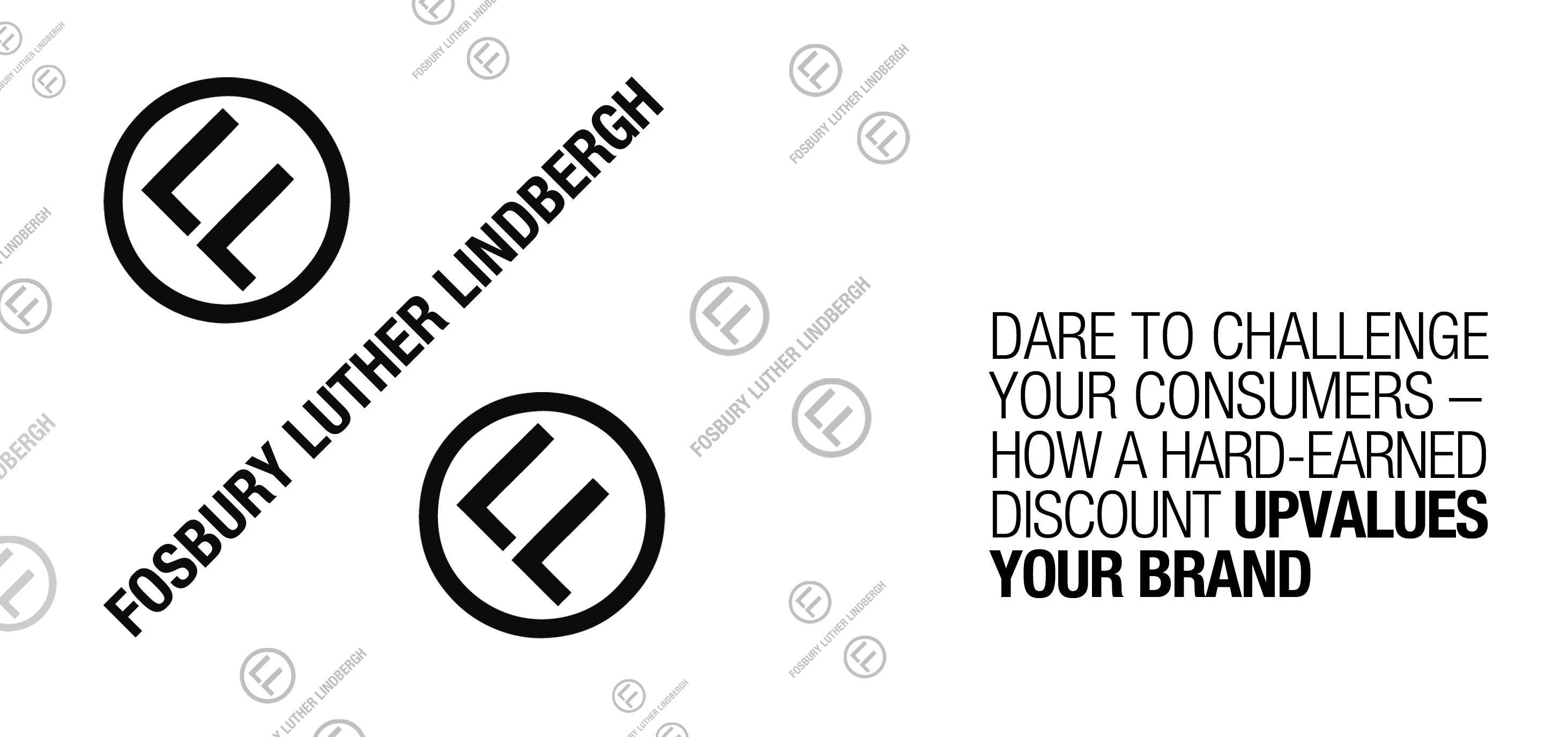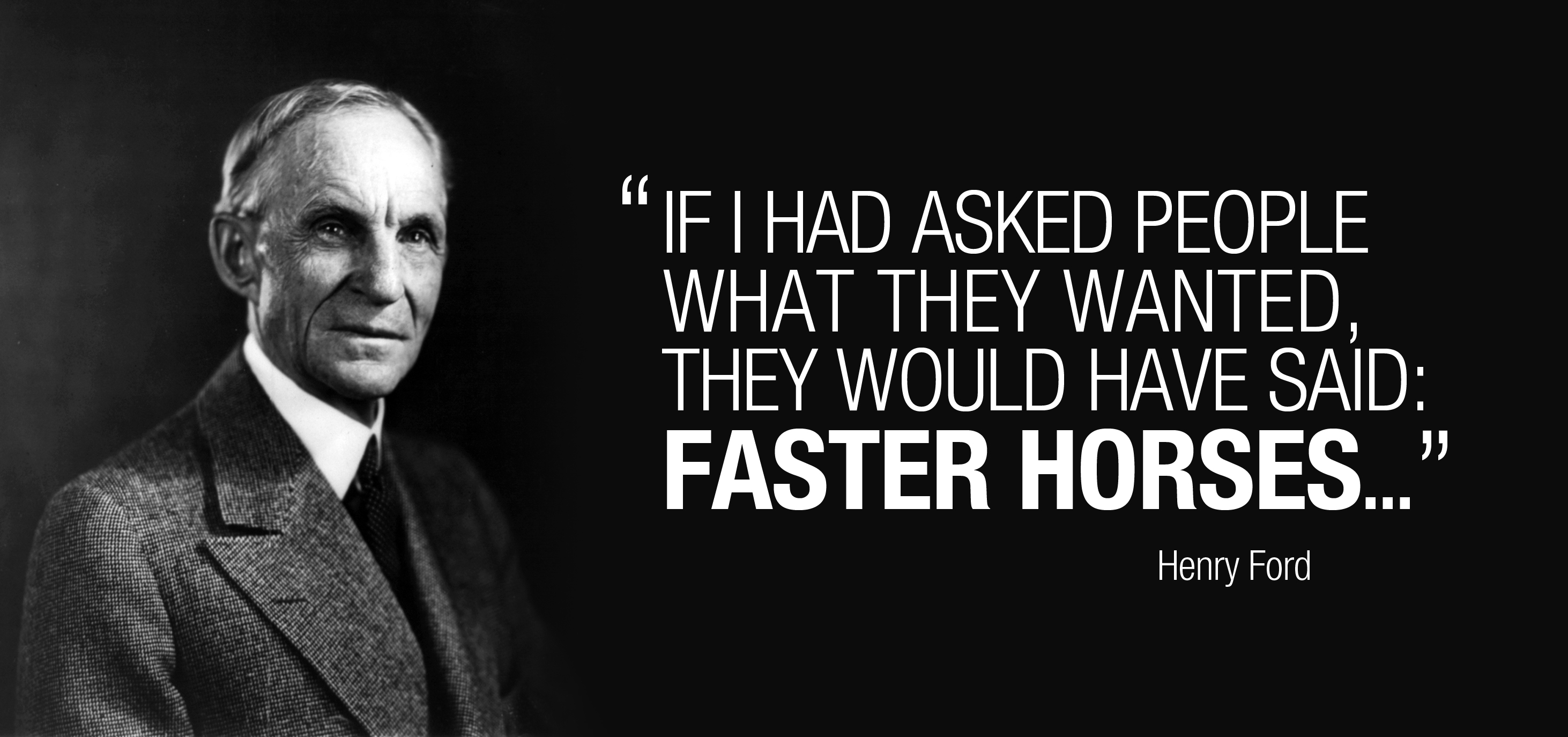
When I was a child (about 4 years old) I was able to identify cars by their design.
Look, Mum, there´s a Porsche, an Audi, a Volkswagen, a Fiat.
Today – even though I am still a car enthusiast – I have severe problems identifying
even a lousy 25% of the cars on the street from a certain distance.
How is that possible?
Well, the answer is pretty simple.
About 20 years ago, cars used to have the classic bumper bars at the front and the back.
Until one fine day designers started to integrated the bumper bars completely into the respective car design.
All of a sudden, one of the most distinctive design attributes of a car was missing.
Just as if someone took our noses and integrated them into our faces, leaving two small holes for breathing and smelling only.
CAD has changed automotive design. Especially since it comes in 3D.
Most of todays cars look easy on the eye – no doubt about that. But they are less outstandingly designed, too.
And it´s the same with graphic design, too. No need to complain, though – design programs have made our lives a lot easier.
But they also make many ads look quite uniform and exchangeable, too.
Additionally, many brands still fail to use facebook adequately. Not because they are too dumb.
But because the stern and strict function & layout grid makes them unlearn to create their own.
Which is why at FosburyLutherLindbergh we introduced “FRUMPISH FRIDAY” couple of months ago.
On FF, all creatives work with pen & paper only. No computer. Just hands and hearts.
And guess what? They love it.
They induldge in the haptical process of literally creating stuff.
They love to start with the idea instead of the format.
They talk more, discuss more, share more.
Use your hands!









